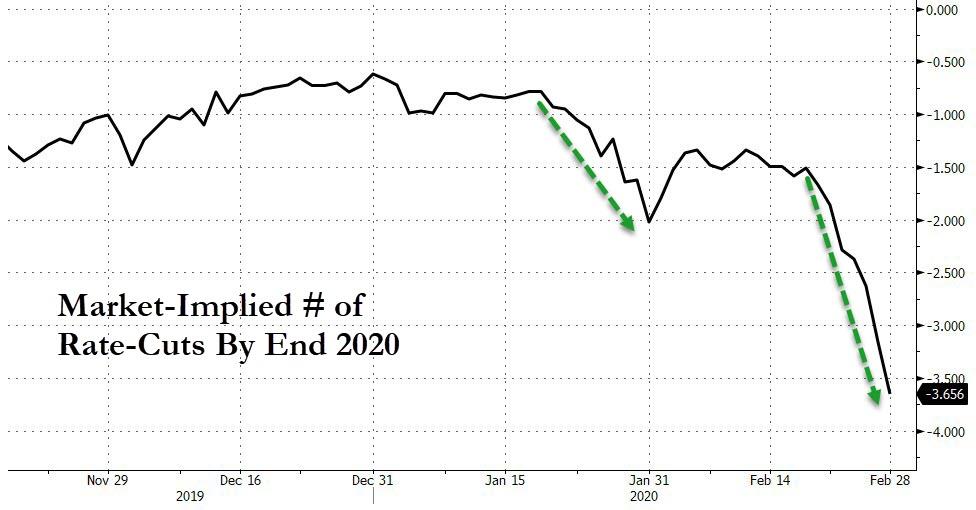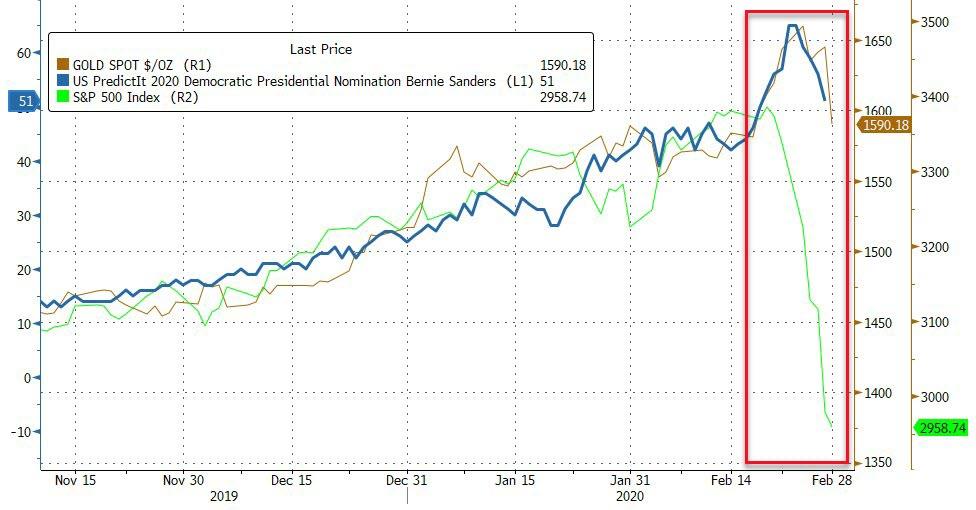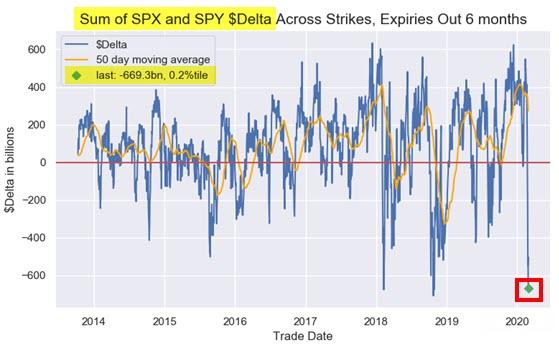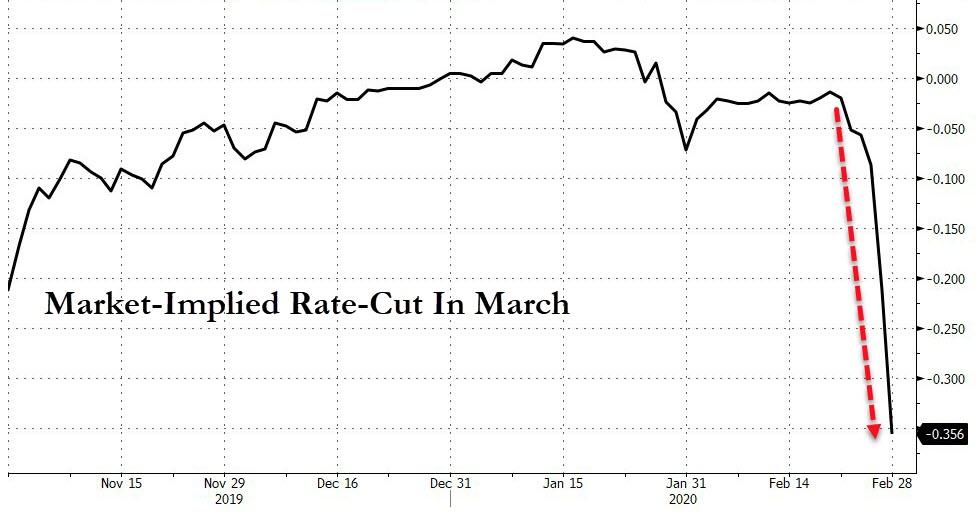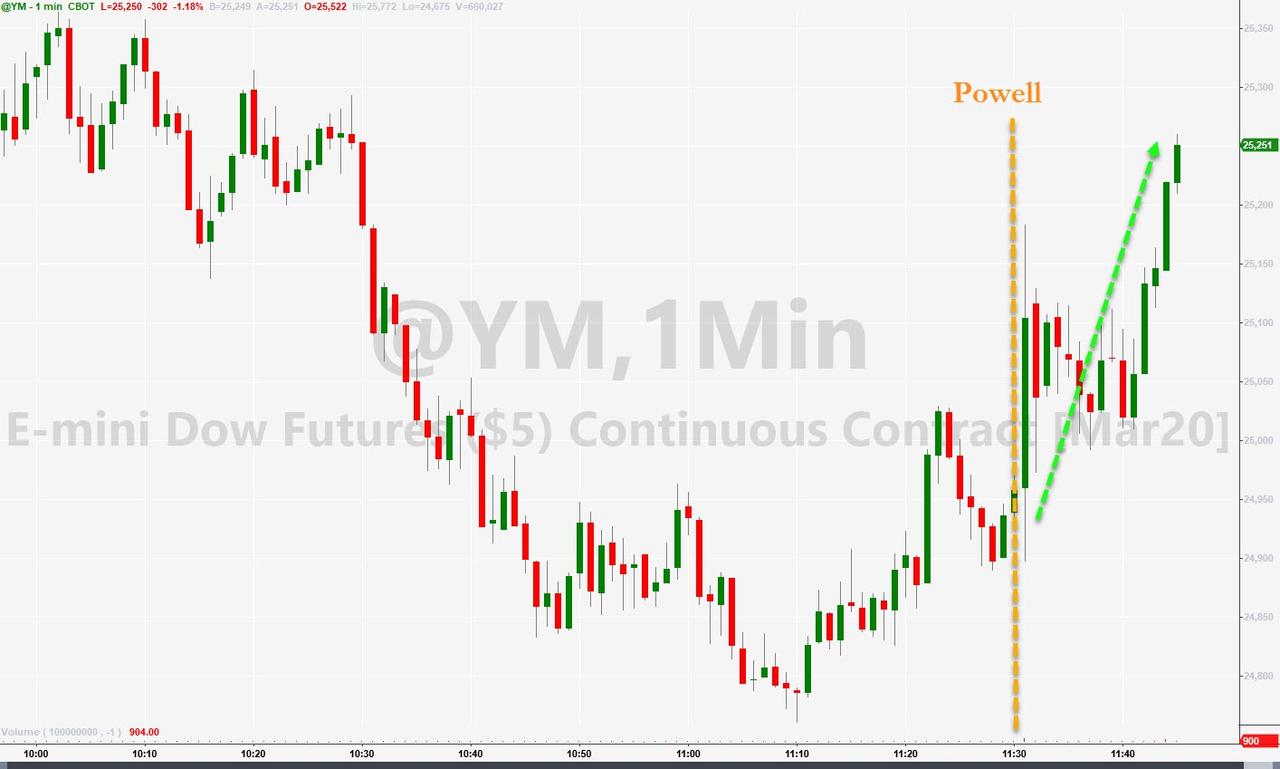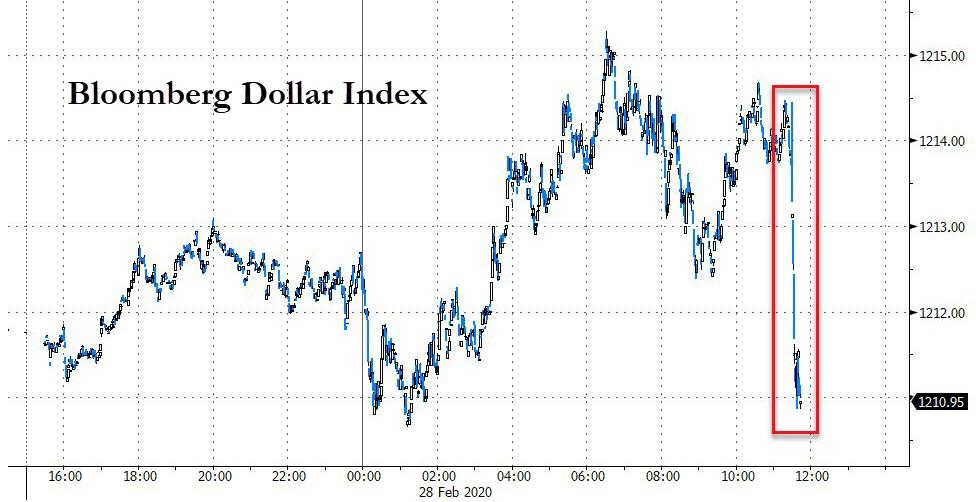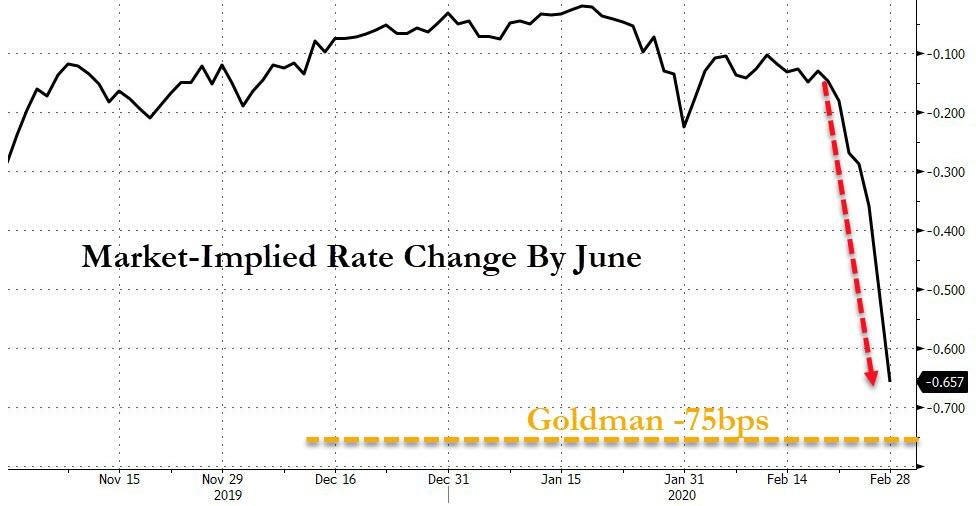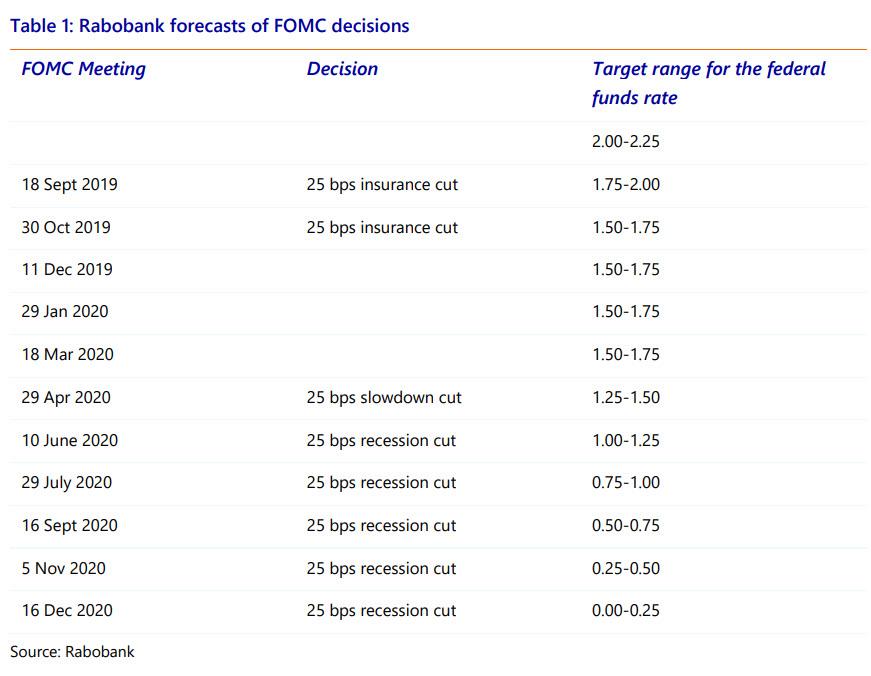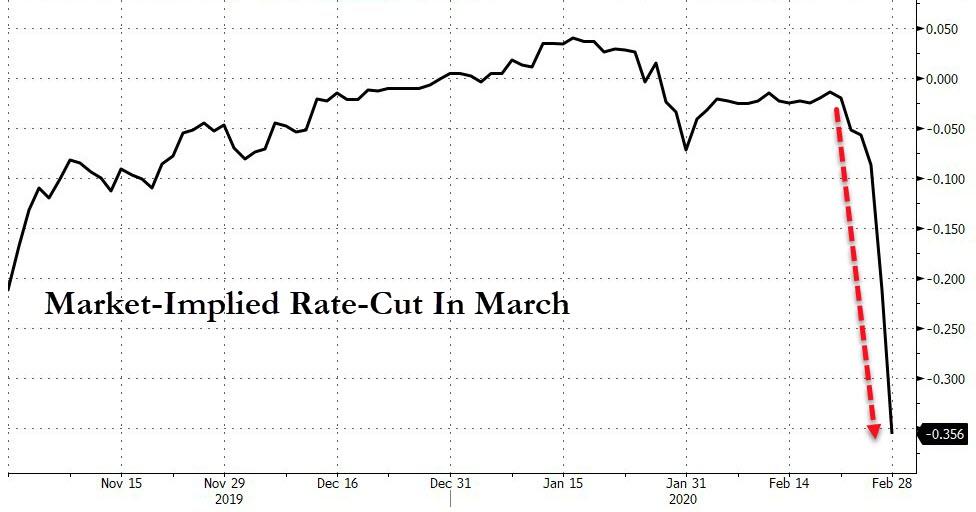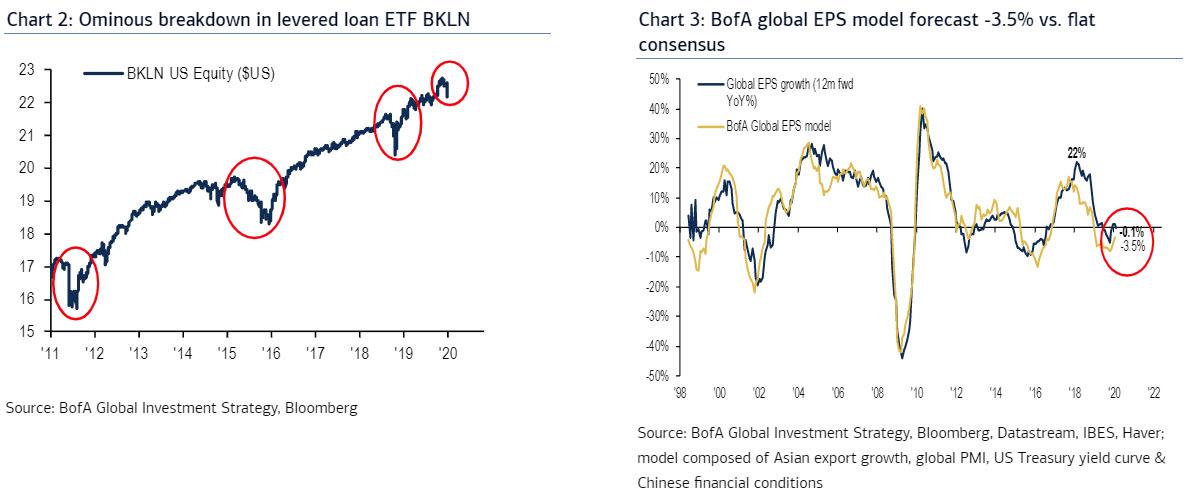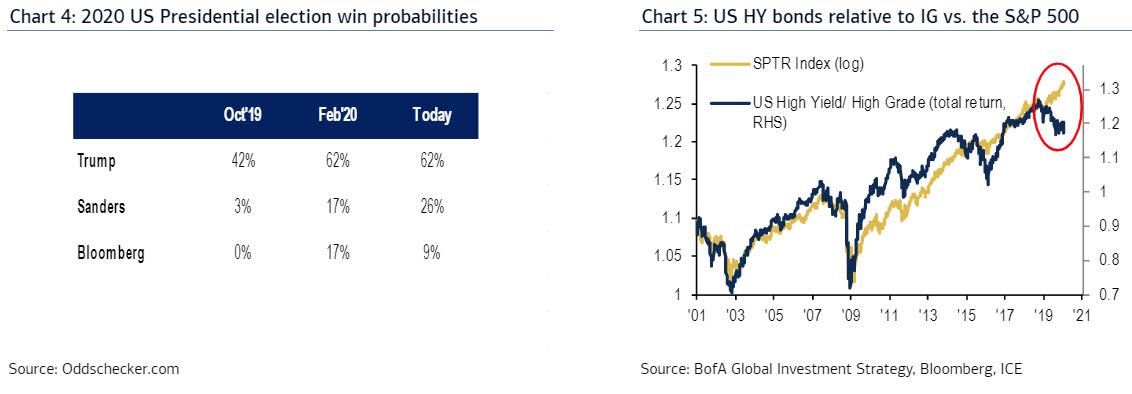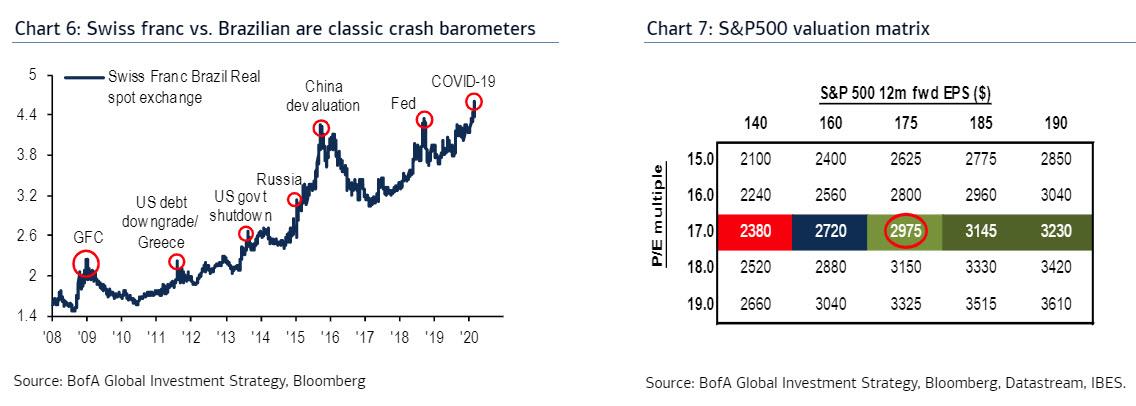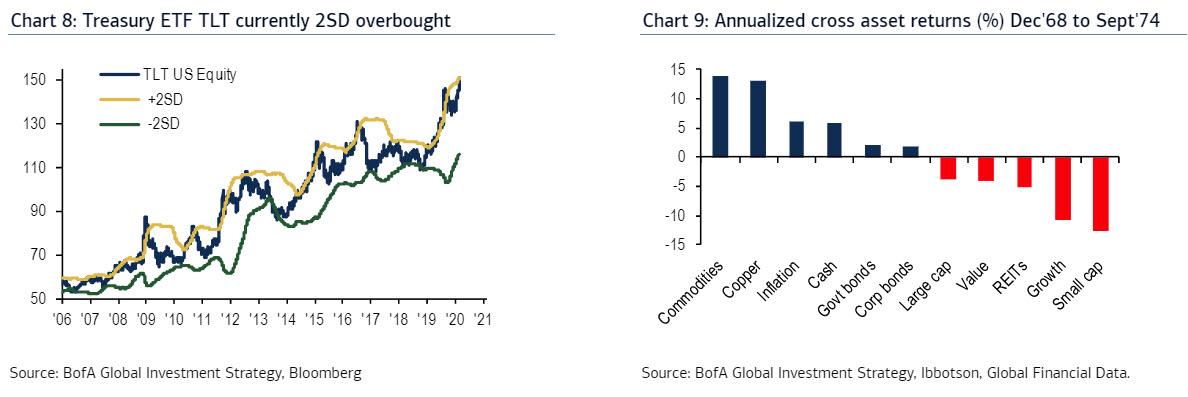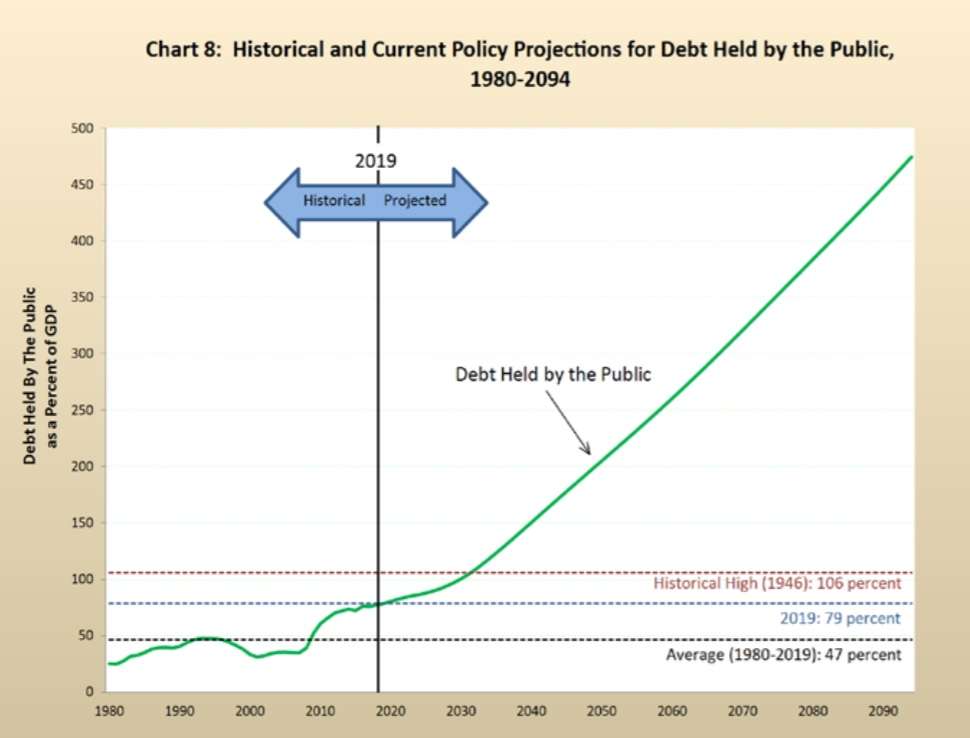Activists in Boston are trying to delay the construction of a 10,000-unit development project on a mostly dormant race track. Sen. Bernie Sanders (I–Vt.) just weighed in on their side, raising the disquieting prospect that the Democrats’ presidential frontrunner could become the nation’s NIMBY-in-chief.
In early February, the Boston-area group Lawyers for Civil Rights filed a complaint with the U.S. Department of Housing and Urban Development (HUD). It claims that city housing officials failed to provide meaningful and inclusive opportunities for community participation during their (still ongoing) review of the proposed Suffolk Downs development project.
“We need affordable housing for all instead of more gentrifying luxury developments for the few,” Sanders tweeted alongside an article about the group’s HUD complaint. “I stand with the longtime residents of East Boston fighting displacement from the communities they have spent generations building.”
The project itself would displace no one. The 161-acre site on the edge of East Boston currently hosts only a race track, a clubhouse, a vacant administration building, and horse barns described in city documents as “dilapidated and unsuitable for further use.” HYM Investments wants to redevelop the area into a mixed-use development sporting 10,000 new housing units, plus retail, office, and hotel space.
In keeping with Boston’s inclusionary zoning requirements, the Suffolk Down development includes 930 below-market-rate units that would be reserved for tenants making no more than 70 percent of the area’s median income ($55,550 for a single person). HYM would also contribute $5 million to a housing stabilization fund, with the money going to convert existing rental housing into income-restricted units. That’s supposed to create an additional 500 affordable units.
HYM would spend $41 million on off-site roadway improvements, $20 million on public transit in Boston and neighboring Revere (where part of the Suffolk Downs site is located), and $3 million in operations subsidies to a rail transit line servicing the area. The developer intends to use union labor and to contribute $2 million to trade apprenticeship and workforce development programs. HYM has also agreed to reserve a certain portion of its construction jobs for local residents, people of color, and women.
A spokesperson for HYM told Reason that the project has already received its needed permits from the city of Revere and the state of Massachusetts; it hopes to get Boston’s approval in the next few months.
The activists’ complaint argues that the project needs to be delayed because of some translation issues. Close to half the residents of the East Boston neighborhood that borders the Suffolk Down site primarily speak a language other than English (mostly Spanish or Arabic). The complaint argues that the Boston Planning and Development Agency (BPDA) failed to adequately translate enough of the project documents, or didn’t translate them quickly enough, to allow for limited-English-proficiency speakers to meaningfully participate in community review of the project.
Their complaint says that interpreters at public hearings were often unable to translate technical terms about the project into Spanish and that translation equipment was either unavailable or was “was hampered by high levels of static and failed batteries.”
They also say that none of the project documents were translated into Arabic.
This failure to offer adequate translation services, they claim, has so hampered community input that it amounts to national origin–based discrimination in violation of Title VI of the 1964 Civil Rights Act. The activists are asking that city officials halt their review of the project and that HUD suspend all funding to Boston housing agencies until an investigation can be completed.
“We are not anti-development. We are pro-growth—smart and equitable growth,” said Iván Espinoza-Madrigal, executive director of Lawyers for Civil Rights, in a press release announcing the complaint. “By failing to hire interpreters versed in the language of planning or zoning, or to translate key documents, the BPDA is effectively excluding immigrant residents of East Boston from the development process. Under well-settled federal law, this exclusion constitutes national origin discrimination.”
In addition to the translation issues that the group has raised, an October letter from Lawyers for Civil Rights raised a number of other demands. Among them: that HYM make a larger housing stabilization payment, that its affordable units be reserved for those making 30 percent of area median income, that the city enforce a carbon-neutral standard on the development, and that private security guards hired by HYM to protect its construction receive implicit bias training.
HYM has addressed some of these concerns in updates to in a revised Master Plan dated from last week, including a promise to ensure more documents are translated into Spanish and any other language spoken by more than 5 percent of the East Boston neighborhood.
The development agency has responded to the complaint by stressing the things it has done to accommodate non-English speakers during the review process. The Boston Business Journal reports that “each BPDA public meeting for Suffolk Downs has included Spanish-language translation, and there have been two meetings exclusively in Spanish, the agency said. Numerous project documents are also available in both English and Spanish.”
A cynical observer might conclude that Lawyers for Civil Rights is using its HUD complaint to gain leverage over HYM.
Delays to construction projects are expensive. If federal housing regulators decide there’s reasonable cause to believe that shoddy translation services amounted to illegal discrimination, the project could be gummed up in administrative hearings or even a Department of Justice–led civil lawsuit.
At some point, HYM might decide that the demands being made on its project are less costly than the legal delays they have to put up with. This is hardly an uncommon tactic. Labor unions in California, for instance, routinely use the threat of environmental lawsuits to get developers to agree to hire all union labor.
Private parties can also file their own discrimination lawsuits within two years of the alleged discrimination. The time it takes for HUD to process a discrimination complaint isn’t included in that two-year deadline.
Why would Sanders weigh in on this case? There’s obviously a political incentive. The Massachusetts Democratic primary is on Tuesday. While Sanders is currently favored to win that contest, he’ll still be competing for progressive votes with Sen. Elizabeth Warren (D–Mass.) on her home turf. Signal-boosting the local left’s efforts isn’t likely to hurt his chances.
Sanders also has a long history of demonizing developers and lending support to NIMBYs who oppose market-rate housing construction on principle. His comments about how the Suffolk Downs project will lead to displacement and gentrification fit neatly into that worldview.
The HUD complaint notes that East Boston has seen a growing number of cases where longtime tenants are evicted en masse from their homes, presumably so that the units can be renovated and leased out to higher-paying tenants. Allowing Suffolk Downs to go forward without additional affordability requirements or other concessions, the activists argue, will just mean more of the same.
But allowing a massive development right next to a poorer neighborhood would be great way to reduce evictions. This is the YIMBY (Yes In My Backyard) argument at its most basic. If you don’t build housing for better-off people, they’ll respond by bidding up the prices on existing units, which then leads to evictions and displacement.
Sanders’ willingness to parrot NIMBY talking points bodes ill for what housing policy would look like under his administration if he were to win the White House. The Lawyers for Civil Rights argument bases its discrimination claims on past executive orders and regulations, which HUD officials will rely on when adjudicating the complaint. As president, Sanders would be in a position to issue new regulations and guidance that could make proving housing violations easier, potentially empowering anti-development activists across the country.
Given the severe and worsening housing affordability problems the country is facing, that could be disastrous.
from Latest – Reason.com https://ift.tt/2I8xoRu
via IFTTT
